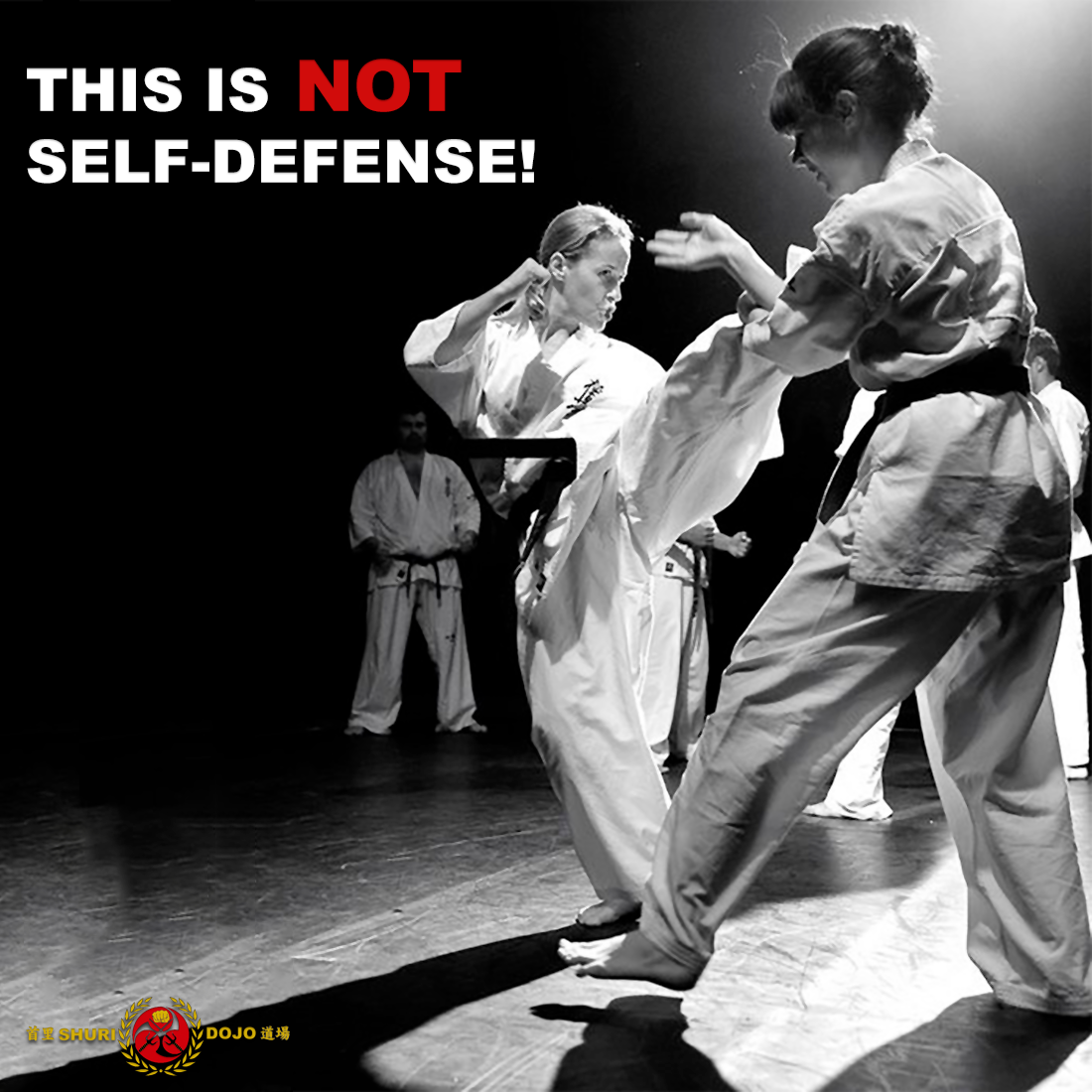
Self-defense is defined as the right to prevent suffering force or violence through the use of a sufficient level of counteracting force or violence. This definition is simple enough on face value, but it raises many questions when applied to actual situations.
.
For instance, what is a sufficient level of force or violence when defending oneself? What goes beyond that level? What if the intended victim provoked the attack? Do victims have to retreat from the violence if possible? What happens when victims reasonably perceive a threat even if the threat doesn’t actually exist? Is the threat imminent?
.
As a general rule, self-defense only justifies the use of force when it is used in response to an immediate threat. The threat can be verbal, as long as it puts the intended victim in an immediate fear of physical harm. Offensive words without an accompanying threat of immediate physical harm, however, do not justify the use of force in self-defense.
.
The use of force in self-defense generally loses justification once the threat has ended. For example, if an aggressor assaults a victim but then ends the assault and indicates that there is no longer any threat of violence, then the threat of danger has ended. Any use of force by the victim against the assailant at that point would be considered retaliatory and not self-defense.
.
The response has to be proportional too. Self-defense law requires the response to match the level of the threat in question. In other words, a person can only employ as much force as required to remove the threat. If the threat involves deadly force, the person defending themselves can use deadly force to counteract the threat. If, however, the threat involves only minor force and the person claiming self-defense uses force that could cause grievous bodily harm or death, the claim of self-defense would fail.
.
“We often fall into the trap of simply trying a technique harder, rather than recognizing that it is a poorly chosen tool for the task at hand.” – Chris Matakas
.
How you train is how you will respond in a stressful situation. Some instructors teach dojo sparring/fighting as self-defense. Guess what?….. It isn’t. Those bad choices can mean the difference between life and death for their students. If you screw things up in the dojo, it’s your ego. If you screw things up in self-defense….. it could be your life.
.
Train hard, yes; ….. but train right. ![]()
![]()
.
.
![]() Photo credit: Eric Ruffino Photographie. References: Find Law
Photo credit: Eric Ruffino Photographie. References: Find Law
.
